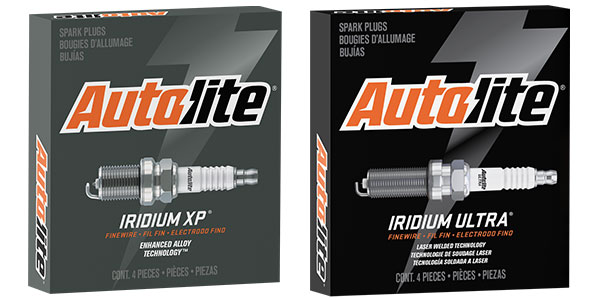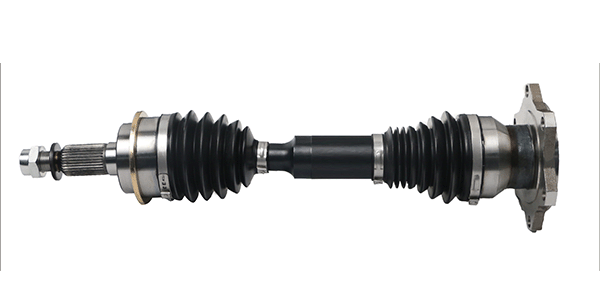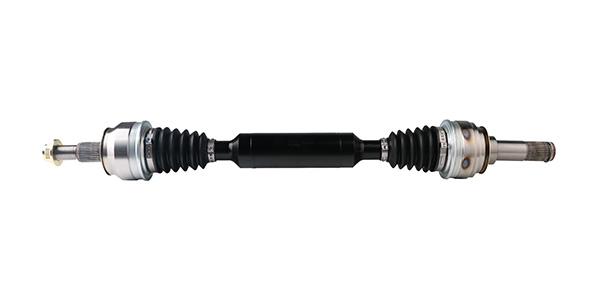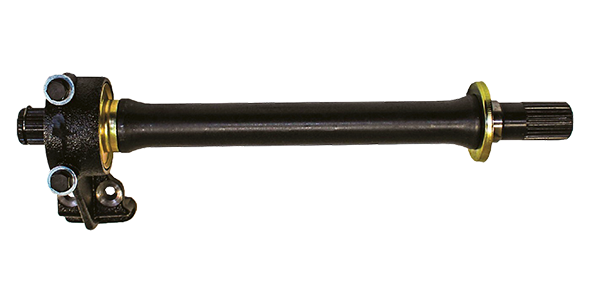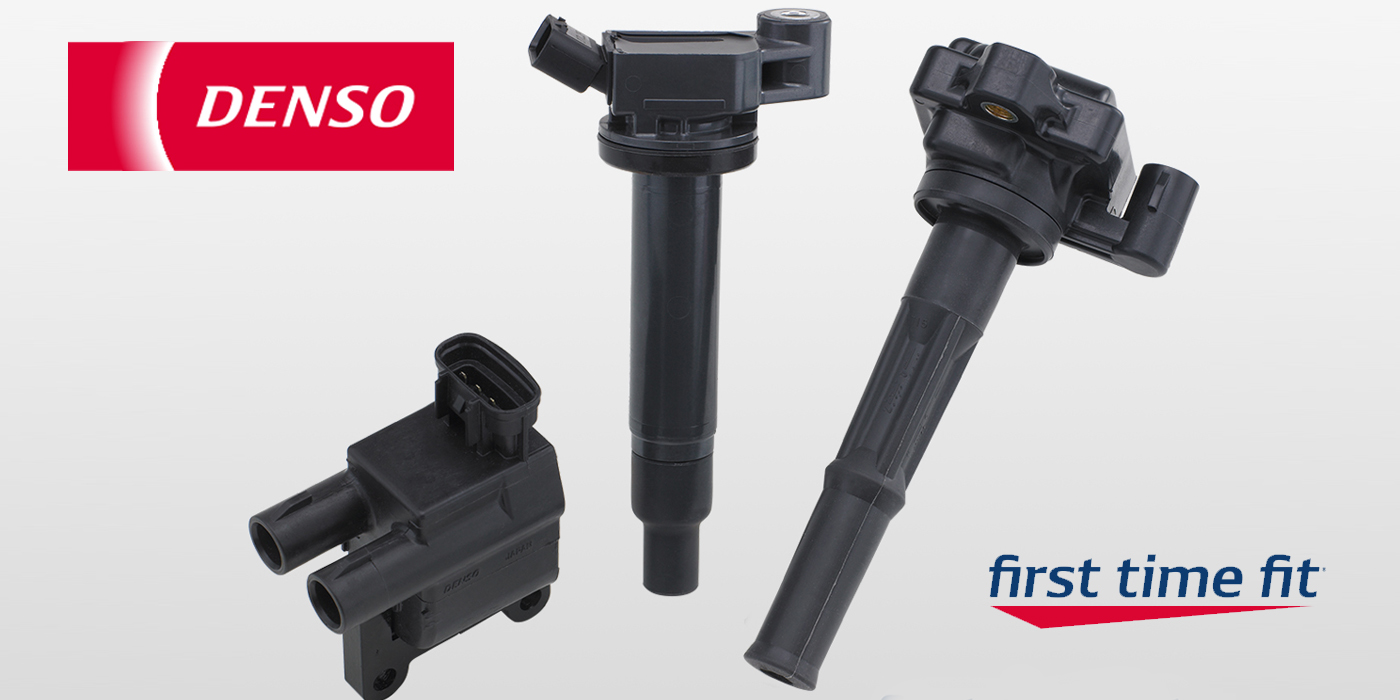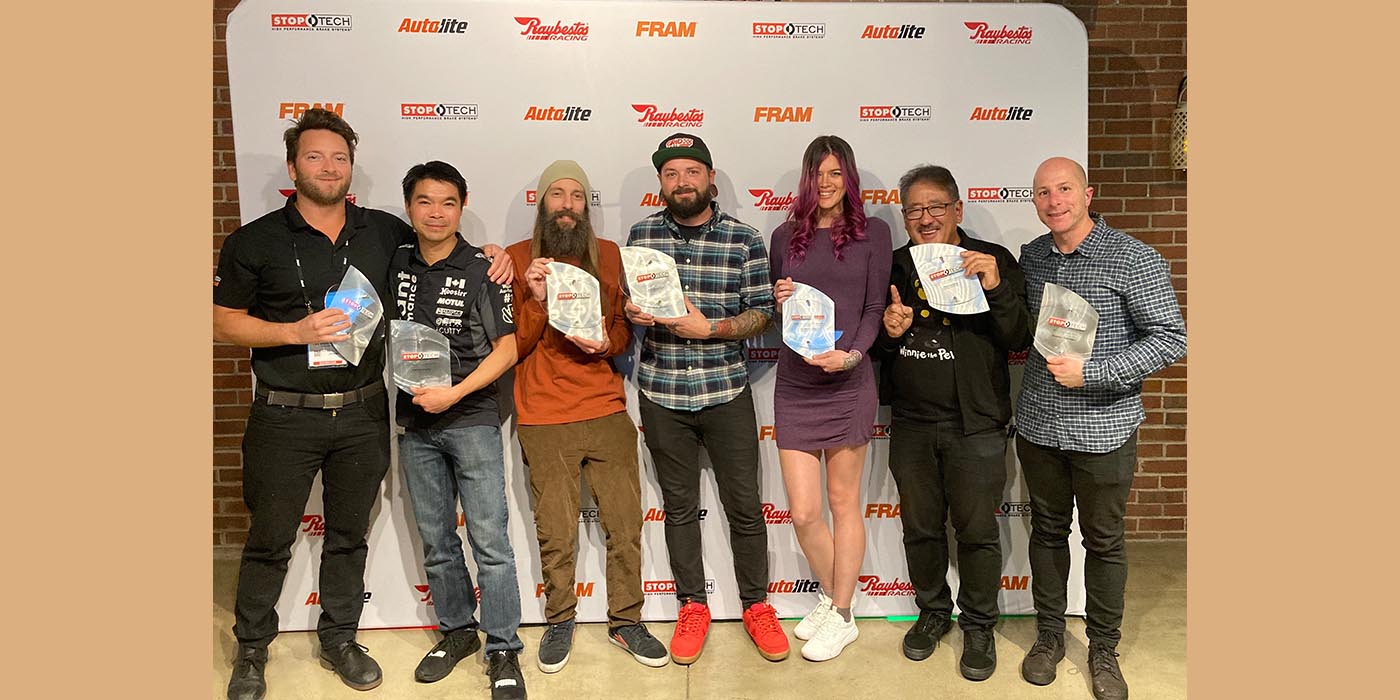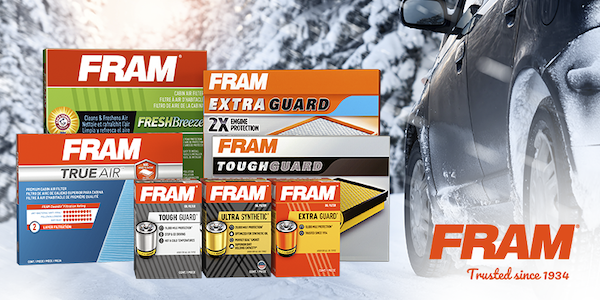Starting in the late 2010s, the use of Gasoline Direct Injection (GDI) engines in passenger vehicles has steadily increased. This trend makes it crucial to understand how to identify these engines, as well as how to recommend the proper spark plugs for them.
Because GDI engines feature a high-pressure fuel spray located directly in the combustion chamber, their spark plugs need to have a more focused ignition compared to an indirect injection engine, which injects the air-fuel mixture into a pre-chamber before entering the main combustion chamber. Auto parts stores and service shops can easily earn trust by setting up customers with spark plugs that can provide successful ignition in a GDI engine without getting fuel washed.
Trend
In 2018, GDI engines made up more than 50% of the new vehicles in the U.S. according to the Office of Energy Efficiency & Renewable Energy. The growing popularity of these smaller powerplants comes from their ability to deliver effective power and efficient fuel economy.
By directly injecting fuel at high pressure into the combustion chamber, GDI engines operate differently than older fuel-injection systems or carburetors. Because of this advancement, customers may rely on technicians and trusted professional advice to choose the correct GDI maintenance and parts – like spark plugs.
Challenge
As GDI engines directly inject gas into the cylinder, small amounts of dirt in the air and blowback carbon build up on intake walls. This carbon buildup will restrict air flow to the cylinders, causing the loss of torque and fuel economy. So, the main advantage of GDI technology – its precision – also becomes its primary drawback.
In order to maintain the desired level of GDI efficiency, a technician must use parts that are up to the task of delivering equally effective precision. To keep a GDI engine running cleanly and efficiently, offer quality Autolite® spark plugs that are engineered specifically to combat the challenges of GDI operation.
Solution
Autolite spark plugs provide the precision and reliability of an engineered OE replacement iridium spark plug. Iridium Ultra® features a laser-welded 0.5 mm iridium finewire center electrode for optimal fuel efficiency, acceleration and focused ignitability. Iridium XP offers a tested blend of iridium, platinum and tungsten to precisely focus spark energy at the optimum ignition point to deliver high power, long life and exceptional value.
An independent study showed that during the first 10% of MFB (Mass Fraction Burned) or ignitability, the Autolite spark plug flame kernel burns faster than other spark plugs. This increased speed burns more fuel during combustion and the increased burn rate means more of the fuel gets converted into pushing the piston down. All of this means Autolite’s spark plugs will improve fuel economy and reduce emissions.
Of course, engine type is key to technicians or countermen when making a spark plug recommendation to a customer. Spark plugs come in many forms and each one has very specific properties and applications depending on the engine in use. While quality and reputation play a big part in spark plug choice, the best choice is the one that provides proven results and builds continued trust with customers.
Autolite has been focused on developing spark plugs since 1935. We have done the research and put in the hours to enhance the performance, durability, and ignitability of plugs for domestic and import engines. Our latest advances in technology are our Iridium Ultra and Iridium XP spark plugs. Explore the benefits of our iridium spark plugs at autolite.com.
This article was sponsored by Autolite.

